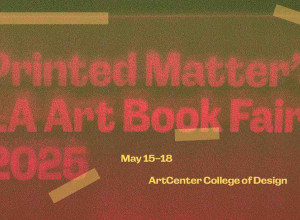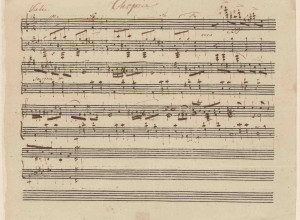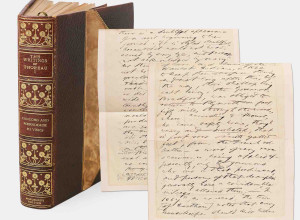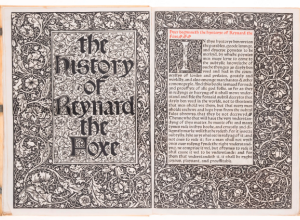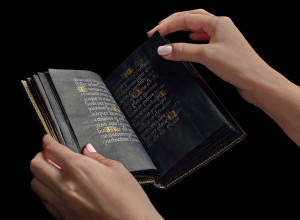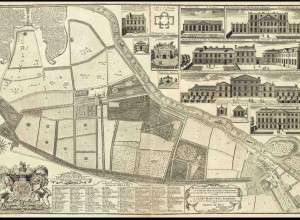The New "ABC for Book Collectors"
If there's any one book about books that I always keep within reach, it's John Carter's ABC for Book Collectors. For about twenty years, my go-to reference has been the seventh edition (1995), edited and revised by Nicolas Barker. But now the time has come--not for deaccessioning, mind you, but for shelf rearrangement--because Oak Knoll Press has just released the ninth edition of this classic, with a completely revised text and a sleek design.  Informative and wry, Carter's definitions have helped readers demystify bookseller and auction catalogues since the book's original publication in 1952. (And, it should be noted, ABC hasn't been out of print since.) Words I have looked up over the years include doublure, fly-leaf, half bound, roan, and vellum, among others. This is the "jargon," of the antiquarian book trade, as Carter calls it, and in order to collect intelligently, a guidebook of this kind is required reading.
Informative and wry, Carter's definitions have helped readers demystify bookseller and auction catalogues since the book's original publication in 1952. (And, it should be noted, ABC hasn't been out of print since.) Words I have looked up over the years include doublure, fly-leaf, half bound, roan, and vellum, among others. This is the "jargon," of the antiquarian book trade, as Carter calls it, and in order to collect intelligently, a guidebook of this kind is required reading.
Where the new edition, edited by Barker and Simran Thadani, sets itself apart from its antecedents, apart from the brighter, glossier paper, is in the addition of dozens of new terms and the incorporation of illustrations. An increase in graphic arts and printing terminology is most apparent, though my personal favorites among the added terminology (at least from the 7th to the 9th edition) are: bisquing, book-worms, Dibdin, red rot, and sammelband. I wished I had been able to look up binder's dummy when I wrote this blog post last month, as I might have better described this book fair find as a salesman's sample. In this context, blad (book layout and design) might be a useful inclusion at some point.
The line drawings and color photographs are a terrific complement to the text. After all, we may review the definition of dentelle--"A binder's term (from the French = lace) meaning a border with a lacy pattern on the inner edge, usually gilt"--but seeing a fine example up-close is clearly beneficial.
In petty grievances, I take exception to how the term blurb is assigned to what (in my book publishing experience) I have always called flap copy, i.e., a summary of the book's merits, often written by an editorial assistant, that appears on the dust jacket flaps; and blurbs are the laudatory quotes on a book's front or back cover, which is distinct from blurb as Carter defines it for collectors. But debating these finer points is part of the fun of delving into a book filled with bibliographical terminology "unintelligible to the layman."
In short, this new edition is an essential upgrade for those already familiar with their ABC, and an utter necessity for newbies.
Image: Courtesy of Oak Knoll Press.






